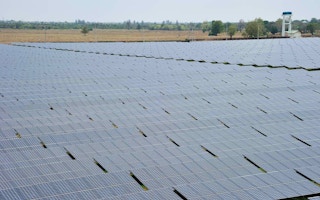Doubling the share of renewables in the global energy mix to 36 per cent by 2030 could save the world economy up to $4.2 trillion a year, research by the International Renewable Energy Agency (IRENA) showed on Wednesday.
Renewable sources, such as wind and solar, accounted for around 18 per cent of global energy consumption in 2014. Under existing national policies, the share of renewables is forecast to reach 21 per cent by 2030.
Doubling the current share would help achieve a global target to limit the rise in the global average temperature to below 2 degrees Celsius above pre-industrial levels, which was agreed at a summit in Paris last year.
IRENA is an intergovernmental organisation that focuses on realising the potential of renewables.
The report said the cost of doubling the renewable share by 2030 would be $290 billion a year, but the annual net savings from reducing pollution and emissions on human health and agriculture would be between $1.2 trillion and $4.2 trillion.
“Achieving a doubling is not only feasible, it is cheaper than not doing so,” IRENA’s director general Adnan Amin said in a statement.
“It would create more jobs, save millions of lives from reduced air pollution and set us on a pathway to limit global temperature rise to two degrees as agreed in Paris,” he added.
Separately on Wednesday, the European Environment Agency said the share of renewable energy in the European Union inched up to 15.2 percent in 2014 from 15 percent in 2013, according to preliminary data for 2014, the latest year available.










